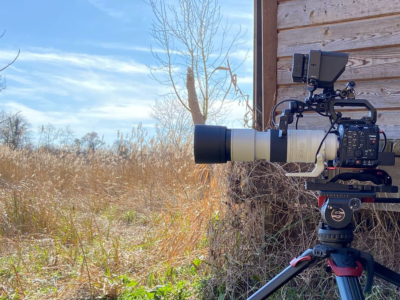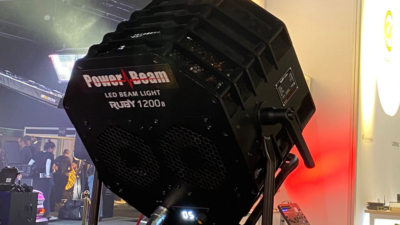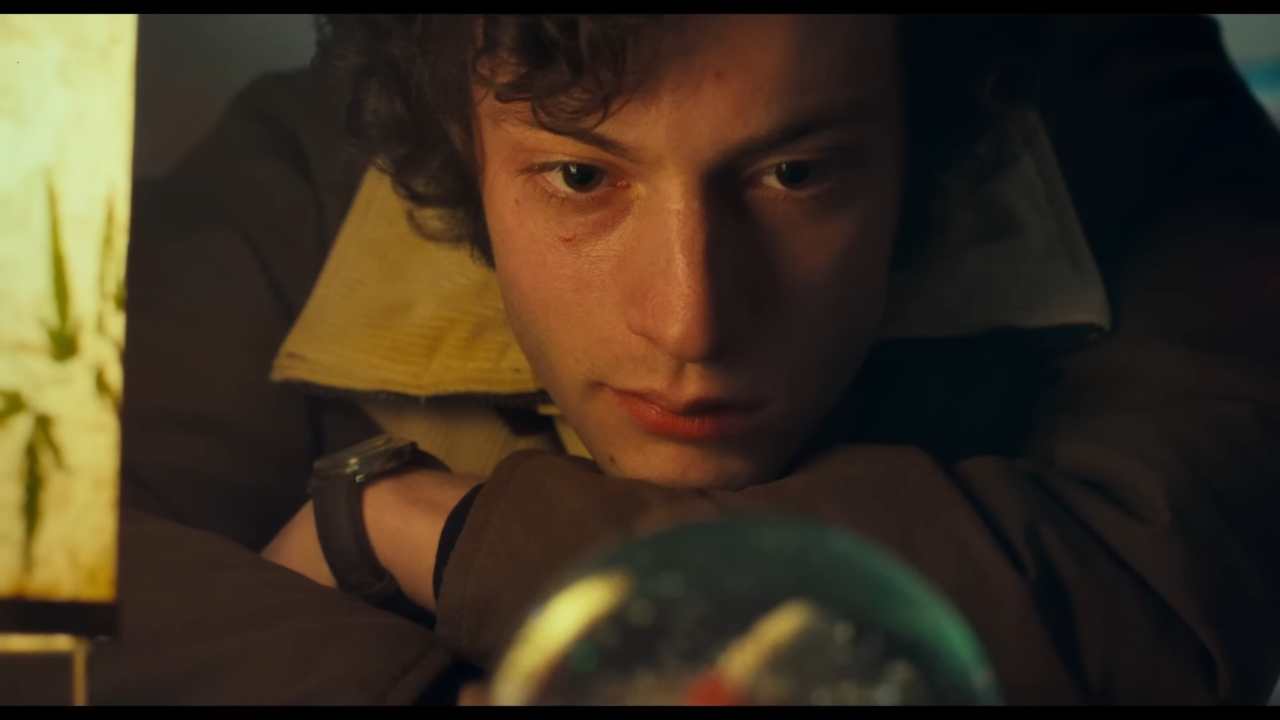
Une semaine commencée en beauté à Camerimage avec le dernier film d’Alexander Payne, The Holdovers (Winter break pour sa sortie française). Un film à la fois touchant, drôle et subtil, avec des personnages attachants.
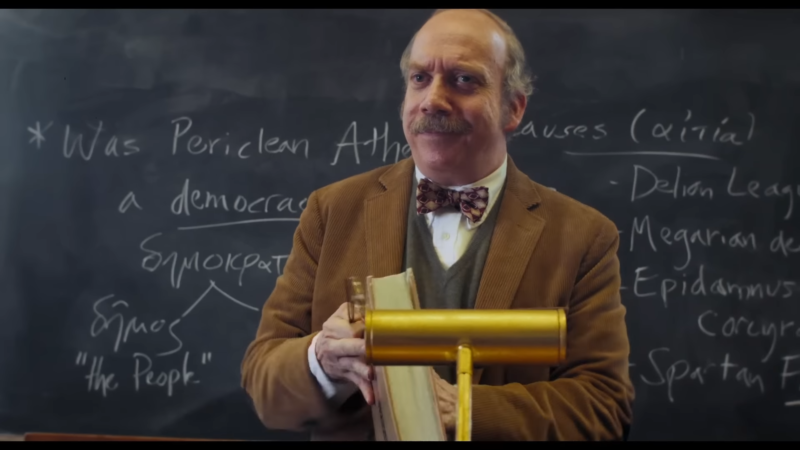
En décembre 1970, pour les vacances de Noël, Angus Tully et quatre autres élèves, surnommés « the holdovers », doivent rester au campus de Barton avec leur professeur Paul Hunham. Lorsque les parents d’un élève arrivent en hélicoptère et invitent les enfants à les accompagner pour skier, tous obtiennent la permission de partir sauf Angus. Ses parents, en lune de miel, sont injoignables, le laissant seul sur le campus pour les fêtes.
Eigil Bryld, le directeur de la photographie nous a expliqué la préparation du film et ses tests afin d’obtenir une image s’approchant de la cinématographie des années 70. Il ne souhaitait pas que le film soit d’époque uniquement à travers les costumes et les décors, mais également à travers l’image. Après plusieurs tests, il a choisi de tourner en Alexa avec une série Panavision H. Selon lui, le grain sur les pellicules disponibles aujourd’hui est trop fin, avec trop peu de contraste et les scans trop parfaits s’approchent de plus en plus d’un look numérique. Avec son étalonneur, ils ont donc reproduit un grain raccord avec les pellicules d’il y a 50 ans. En revanche, très peu de douceur et de halation dans les hautes lumières ont été reproduites, ce qui rend les efforts faits sur le grain peut-être moins impactants.

En termes de lumière, Eigil Bryld a d’abord pensé à tourner avec des sources traditionnelles, puis a présumé que si les sources LED avaient existé dans les années 70, les directeurs de la photographie de l’époque auraient sûrement tourné avec. C’est un drôle de raisonnement qui m’a amené à penser : lorsqu’on tourne un film se déroulant dans le passé, à quel moment souhaite-t-on réellement reproduire les images réalisées pendant cette période, et à quel moment veut-on réinterpréter et adapter pour le public d’aujourd’hui ? Où traçons-nous la limite ?
Ici, un travail très précis a été effectué sur le grain, mais en revanche, la lumière a un look très récent et un ratio 1:85. Il en résulte une belle cinématographie, mais certainement pas une cinématographie d’époque. Si l’image ressemblait plus strictement à un film des années 70, aurait-on tout autant apprécié l’image ? En particulier le grand public dont l’œil est plus qu’habitué aux films récents ?
Dans tous les cas, image des années 70 ou non, c’est un film à voir absolument, un régal sur grand écran, disponible en salle en France le 13 décembre sous le titre Winter break.
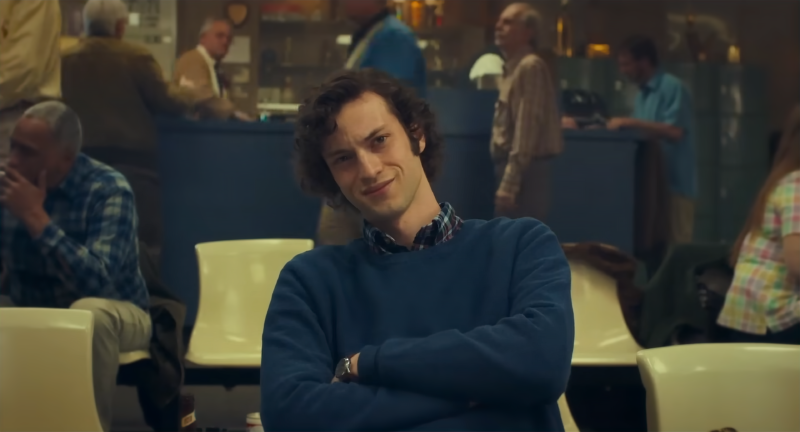
____
English version
The film « The Holdovers, » directed by Alexander Payne and shown at Camerimage, presents a heartwarming, humorous, and nuanced story with relatable characters.
Set during the winter break of December 1970 at Barton campus, the plot follows Angus Tully, who, due to his mother and stepfather’s honeymoon, finds himself unable to join his family for the holidays. Instead, he remains at school with a group of students known as « the holdovers. » When other students are invited on a skiing trip, Angus is the only one left behind, as his parents are unreachable.

Eigil Bryld, the film’s cinematographer, shares insights into the visual preparation of the film. He aimed to capture the essence of 1970s cinematography not only in costumes and sets but also in the film’s overall aesthetic. After extensive testing, he chose to shoot with an Alexa camera and Panavision H series lenses. His focus was on replicating the grain quality of film stocks from the era, finding modern film stocks too fine-grained and lacking contrast. With his colorist, they recreated a grain texture reminiscent of films from 50 years ago, although they minimally replicated softness and highlight halation, which slightly reduced the impact of their efforts on grain.

Bryld also reflected on the use of lighting in the film. Initially considering traditional lighting sources, he speculated that 1970s cinematographers would have used LED sources if available, leading him to adopt them for the film. This approach raises an interesting question: when creating a film set in the past, to what extent should filmmakers strive to authentically replicate the visual style of the era, and when should they adapt it for contemporary audiences? In « The Holdovers, » meticulous work was done on the grain, but the lighting and 1:85 aspect ratio give it a modern appearance. This blend of old and new styles results in beautiful cinematography, though it diverges from a strictly period-accurate representation. This leads to the question of whether a more faithful reproduction of 1970s film aesthetics would resonate as strongly with today’s audience, especially those accustomed to modern cinema.
In any case, 70s cinematography or not, this is a must-see film, a delight on the big screen, available in theaters on December 13 in France.
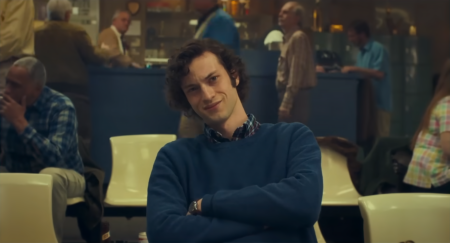
-
Partager l'article
